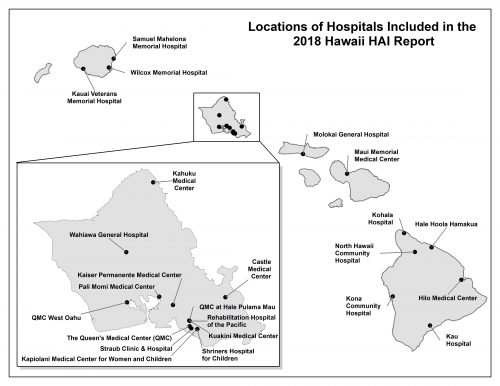HAIs are infections that are associated with receiving treatment in a healthcare setting. For each type of infection affecting a patient in a healthcare setting, specific criteria are used to determine whether the infection is an HAI or not. For example, if a blood stream infection develops in a patient on or after the third hospital day (day of admission is day one), the infection is considered an HAI. Blood stream infections that occur within the first two hospital days are considered to be community-acquired infections and were picked up in the community before admission to the hospital.
These infections can be devastating and even deadly. According to the Centers for Disease Control and Prevention (CDC), hospital patients in the United States get nearly 2 million infections each year, while receiving care. That is about one infection for every 20 patients. For more information about HAIs please visit the CDC page on HAIs. CDC publishes the annual National and State HAI Progress Report which looks at HAIs at a national and state level. Additionally, the Hospital Compare website from the Centers for Medicare & Medicaid Services (CMS) contains information about the quality of care (including HAIs) at facilities across the nation. It is searchable by facility name or region.
In 2011, the Hawaii legislature passed HRS §325-2.5, relating to HAI reporting. The statute instructs the Department of Health to prepare public reports of Hawaii HAI rates using methodology developed by the CDC.
View the latest and previous Hawaii HAI reports:
Last reviewed July 2025


